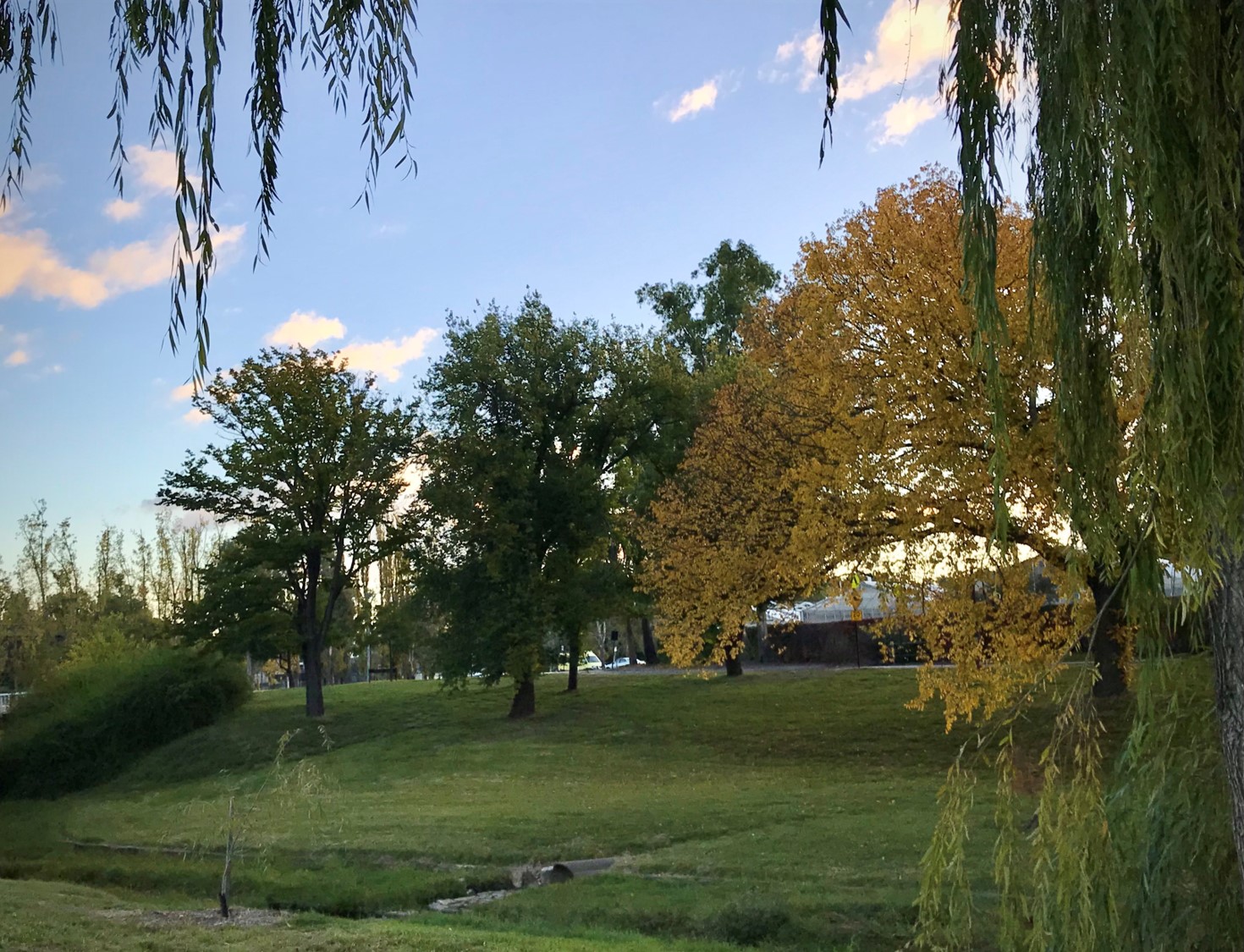Introduction
According Wikipedia, Bush Carpentry is an expression used in Australia and New Zealand that refers to improvised methods of building or repair, using available materials and an ad hoc design, usually in a pioneering or rural context. I developed my bush carpentry skills during the process to build SMARC where I had to apply my creative woodworking to fit for purpose, using all the available materials around the house (recycled wood from garden bed left over materials). I also developed her Design Thinking skill based on a user experience point of view. In designing SMARC, I tried to incorporate the function, look and feel from a user perspective by asking around my family and neighbours who gave me valuable feedback on what SMARC should look like. Design thinking with cybernetics approach in building the SMARC was inspired by Mark Thomson from Institute of Backyard Studies where he introduced us to the Henry Hoke’s inventions.
Motivation & Learning Goals
My primary motivation to learn bush carpentry is to adapt to the limited resources that I have due to the Covid pandemic lockdown. My learning goal is to build a working prototype for my CPS group that we can display for the Demo Day by utilising all resources available around the house and recycling/repurposing things where possible. This will save us money and be great for the environment by giving them a second life, so they don’t become a landfill. Applying the design thinking through the cybernetics lens, I also want to build something that makes sense and align with the user’s perspective.
The Process
- Depends on the touch screen size, measure and draw the frame on the bin.
- Cut the hole for the touch screen and build the frame to hold it using recycled and used timber/wood.



- Depends on the thickness of the touchscreen, and timber wood size that you have, cut to measure to fit the touchscreen snuggly onto the frame hole. Then drill the hole on the wood and the bin to fit in the available screws and then secure the wood onto the bin with those screws.




- Cut the hole to fit in the key and lock to secure SMARC, depends on the lock diameter choose the right spade head drill bits to make the hole.






- Cutting the drop off slot on the top (rectangle or depends on the mobile phone/other e-waste) using the D-handle jigsaw.

- Build the box to protect the electronic components inside (depends on the materials you have available and the size of the touch screen.

- Assemble all the electronic components




- For SMARC Automatic Lid , attach the Arduino Uno, Micro Servo, Ultrasonic sensor and the battery using the double sided tape or screws.

- SMARC Lid sensor code can be found by clicking the diagram below.

- Painting the wooden frame, tray and box







Skill Level
| Previous Skill Level | Current Skill Level | Desired Skill Level |
| N/A | Beginner | Advance Beginner |
Overall, based on the Dreyfus Model of Skill Acquisition, I would categorise my current Skill Level on Bush Carpentry as Beginner level now, moving from Novice level, having zero experience and never done any woodwork before. I am so excited to apply this skill to many more exciting DIY projects that I could build after this Masters program.
Reflection
I have never thought that I would be doing any woodwork for building the cyber physical system for my CPS project group. I thought I would be using 3D printer or laser cutting machine from the Maker Space to build the prototype, similar to what I did for my Maker Project last semester. But Covid pandemic and lockdown happened and I was stuck in Sydney for 5 months with restricted access to travel within 5km radius. I was so worried that our group might not be able to show any prototype on the Demo Day.
Fortunately, I bumped into my neighbour one afternoon when I was putting my rubbish bin outside for the weekly collection, and he asked me: “What are you up to and how’s the study going? Aren’t you supposed to be in Canberra?” I also explained what cybernetics means when he asked, which then lead to the conversation about CPS project idea and how I was struggling to find the materials to build something. The next thing I know, he offered me to use his workshop under his house with all the tools, equipment and everything you need to build something, just like mini Bunnings!
My key take away is, you never know what life will throw at you, challenges ahead of you and many obstacles wait for you. What I do know, that you’re not alone and simple conversation with other people can help you learn valuable things in life. Also being open to learn new things can sometimes surprisingly uncovered amazing skill you never know you have. It make me realise the power of communication to solve your problem. It’s all start with a simple conversation which turns into amazing cyber-physical system. And that’s my cybernetics light-bulb moment 💡
Acknowledgement
Special thank you to my wonderful neighbour, Paul Stalley who taught me this Bush Carpentry skill.

